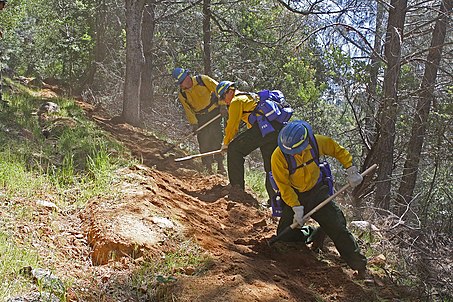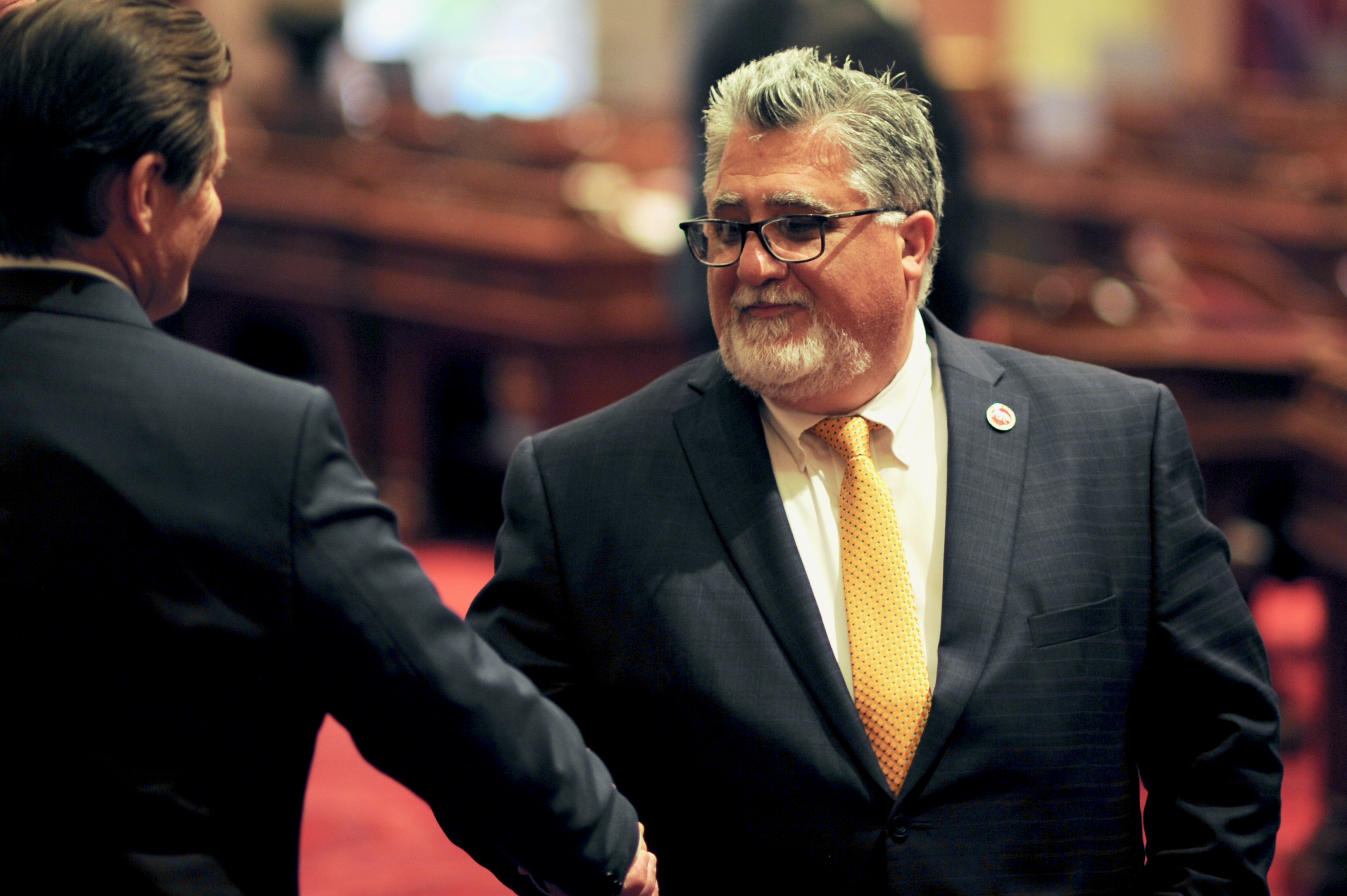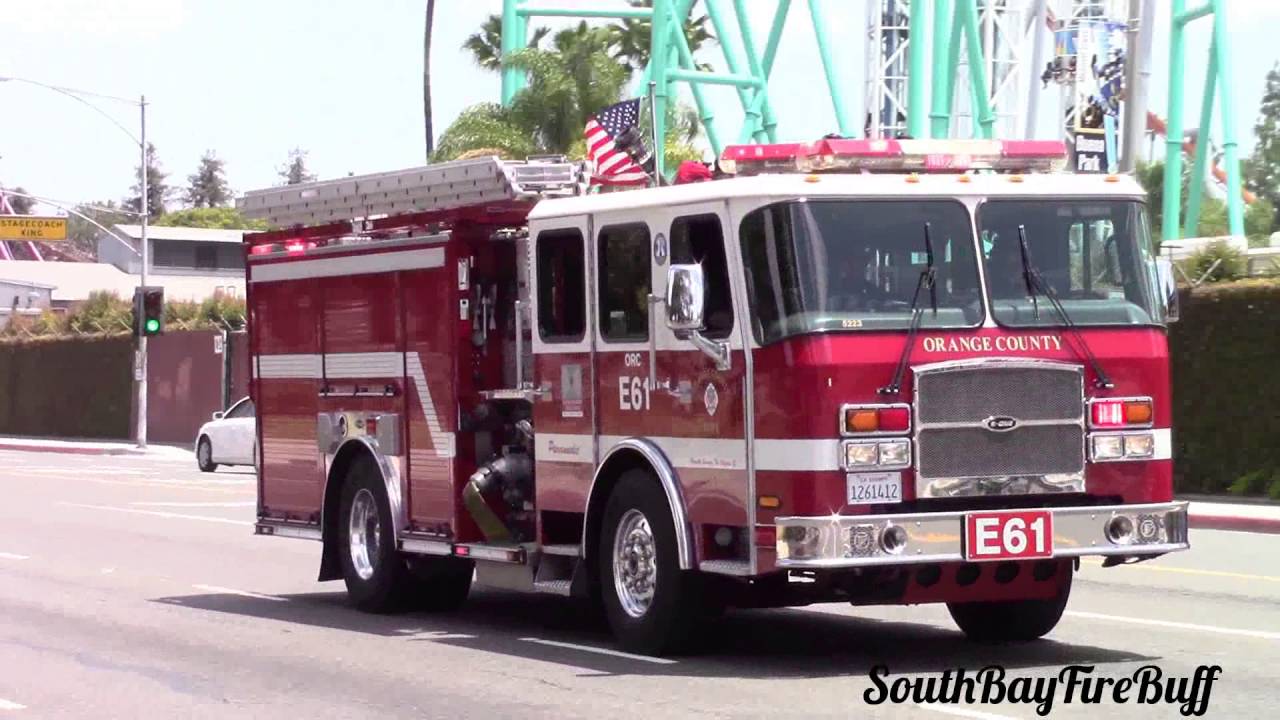
Firefighter trainees dig out a fire line during the Forest Service and California Conservation Corps joint training session. (Photo: fs.USDA.gov)
An End to Volunteer Firefighting?
Proposed OSHA Rules would ‘cripple’ volunteer first responders
By Thomas Buckley, June 24, 2024 1:27 pm
A proposed federal Occupational Health and Safety Administration (OSHA) rule would devastate volunteer emergency service organizations nationwide, say a group of Congress members.
Rep. Virginia Foxx (R-NC) chairs the House Committee on Education and the Workforce and joined two dozen other members in writing a letter to Acting Secretary of Labor Julie Su demanding OSHA re-think the new rules before they go into effect.
“While the mission of ensuring the health and safety of our nation’s emergency responders is vital, this proposed rule will ultimately do more harm than good and will jeopardize the existence of many fire, rescue, and emergency medical services organizations, ultimately making our communities less safe,” Foxx and others wrote. “Specifically, the proposed rule establishes a one-size-fits-all regulatory regime that does not take into account the resources in a given community, imposes massive administrative and cost burdens, and includes untenable requirements that will exacerbate existing retention and recruitment challenges from emergency service organizations (ESOs).”
Most large, paid firefighting organizations (like CalFire and most other services in California) would not necessarily be burdened by having to read, digest, and then implement the 250 pages of rules – they already have people that do that sort of thing.
That seems to be one of the reasons why the International Association of Fire Fighters (IAAF), the nation’s largest firefighter union, is supportive of the measure. From a statement made by the president of the union:
The International has tirelessly lobbied for revisions to the Fire Brigades Standard, which General President Edward Kelly has said would reshape fire fighter safety and save the lives of IAFF members. “Our job will never stop being dangerous, but there are steps we can take to make it safer. This update is long overdue, and the Biden Administration agrees,” Kelly said in an email to affiliate leaders.
But smaller – especially volunteer groups – would have trouble figuring out and then paying the cost of the new rules. This jeopardizes a number of services, particularly rural volunteer firefighters who are already facing financial and recruitment issues.
The Department of Labor did not respond to a request for comment.
For example, OSHA claims the new regulations – all 250 pages plus addenda – would only take about two hours to read and shouldn’t cost more than an average of about $14,000 annually to implement.
“Yeah right,” said Riverside County Supervisor and former local volunteer firefighters association chief Kevin Jeffries.
Jeffries was a volunteer firefighter for 29 years and – when he was a member of the state Assembly, served on committees that dealt with fire services, specifically rural groups.
“Rural areas are already struggling to keep their volunteer fire departments working,” Jeffries said. “Not every organization could afford it and it could make the problem worse.”
While the IAAF does admit there could be issues with implementing the new rules for smaller volunteer services (the rule covers all emergency services, such as search and rescue, EMS, etc.) it says that “cost should not be the deciding factor in common sense safety regulations that protect civilians and fire fighters alike.”
The IAAF position on the matter is not surprising; paid, and therefore typically unionized firefighters have been working to squeeze out volunteers for years.
“The unions want more career guys,” Jeffries said. “They want to get the volunteers replaced with full-time paid professionals.”
Ryan Woodward, chief of legislative and regulatory affairs for the National Volunteer Fire Council (NVFC, which also represents EMS and search and rescue groups,) said the proposed regulations would seriously jeopardize hundreds of volunteer services.
“It’s a one-size-fits all approach, and that one size only fits large department,” Woodward said.
About 80% of the fire services in the nation are volunteer, as are about 65% of the nation’s firefighters, and half of those services help protect communities of less than 2,500 people. The NVFC completed a membership survey recently and it found 28% of its member groups have budgets of less than $75,000 a year. That means that so-called minimal cost of $14,000 – even if it were real (for example, the new regs would demand at least biennial physicals for volunteers and those are not typical physicals and can cost up to $4,000 each) – could eat up 20% of many services budget, noted Woodward.
“The reality of the cost is a lot more,” Woodward said.
And that could mean a lot less safer public.
- Benefit Fraud Problems and Solutions - November 7, 2024
- A Little Exit Poll - November 5, 2024
- Tomorrow’s Headlines Today! - November 5, 2024




